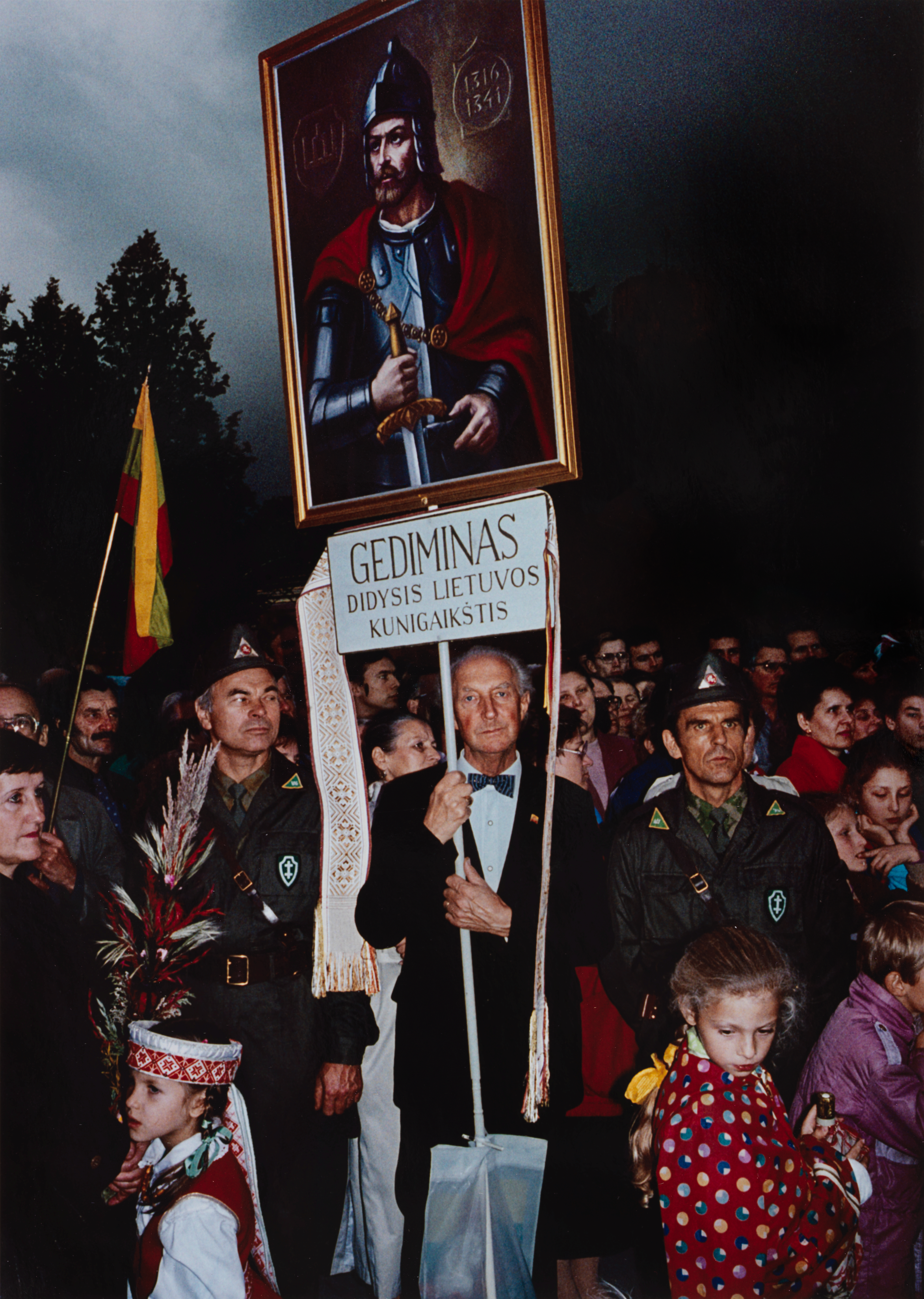Keizo Kitajima in the former USSR
Keizo Kitajima
July 2016
Keizo Kitajima: I started making photographs in the middle of the 1970s. At the time, photography was extremely popular among the public. It was beginning to attract attention. The year 1968 marked an era of global political revolution and protest, and photography emerged in Japanese society around the 1970s as a powerful realistic medium. Japanese art at the time didn’t feel real at all. I felt photography allowed for extremely radical and intensely powerful expression. I wanted to photograph in interesting towns rather than shooting pictures about Japan or in Japan. I just wanted to shoot interesting cities and the people who lived in them. It was as simple as that.
I visited the former Soviet Union in December 1990, and I visited five or six times in 1991. The project was commissioned by a major Japanese newspaper, Asahi Shimbun, which told me to take photographs any way I wanted to. Interestingly, the Soviet Union collapsed in 1991, and I visited without any expectation of that happening. For me, the Cold War had been a global structure established before I was born, and it was surprising that a colossal, powerful state regime such as the Soviet Union could so easily collapse within just one month. It was a great shock. As I was walking on the streets of Moscow, there was a funeral that appeared to be for a famous singer, so I took photographs there. We were free to enter. The deceased was a nationally renowned singer with a patriotic, nationalistic ideology. He was associated with the Pamyat, a group dedicated to preserving Russian culture. I had taken photographs of them before. He was one of the members who emerged in the strong nationalist movement that accompanied the collapse of the Soviet.
I met the woman in this photo at a hotel and I think she might have been a sex worker. I asked her, “Can I take your picture?” She said okay. That’s all. “I am from Chechnya,” she said. At the time, Chechnya and Georgia were in a state of war.
Photography for me is the ability to accumulate photographic experiences. I get to have unique experiences because of photography. I get to experience the world. Therefore, pursuing worldly experiences is the only reason that I do photography. To accumulate and deepen my experiences and, if possible, to deepen my insights. There is no other reason for photography.






